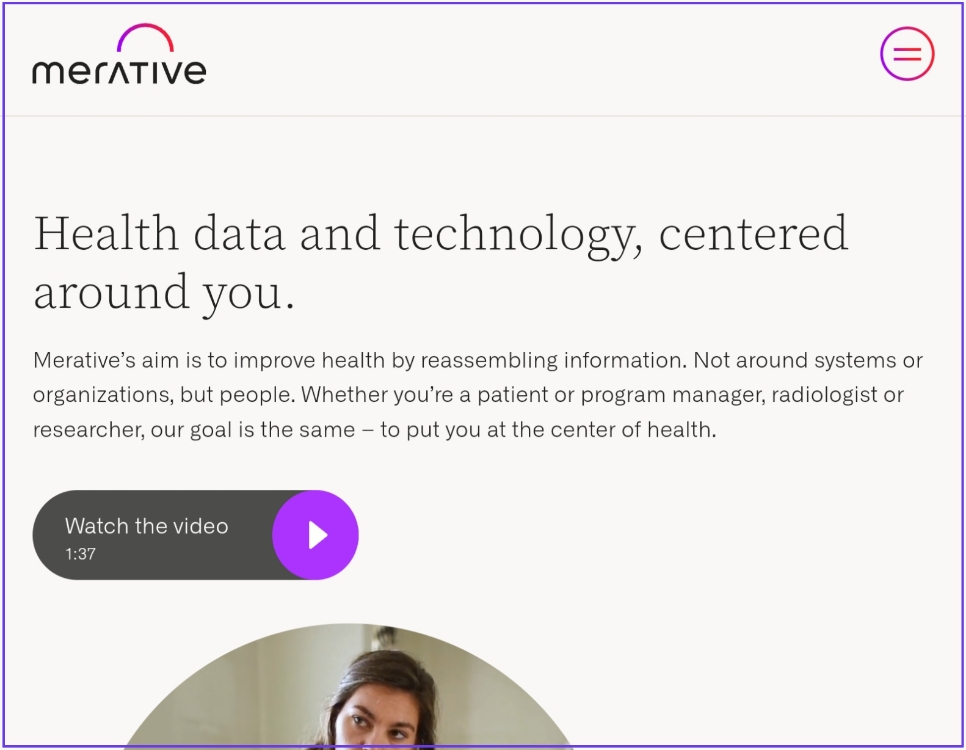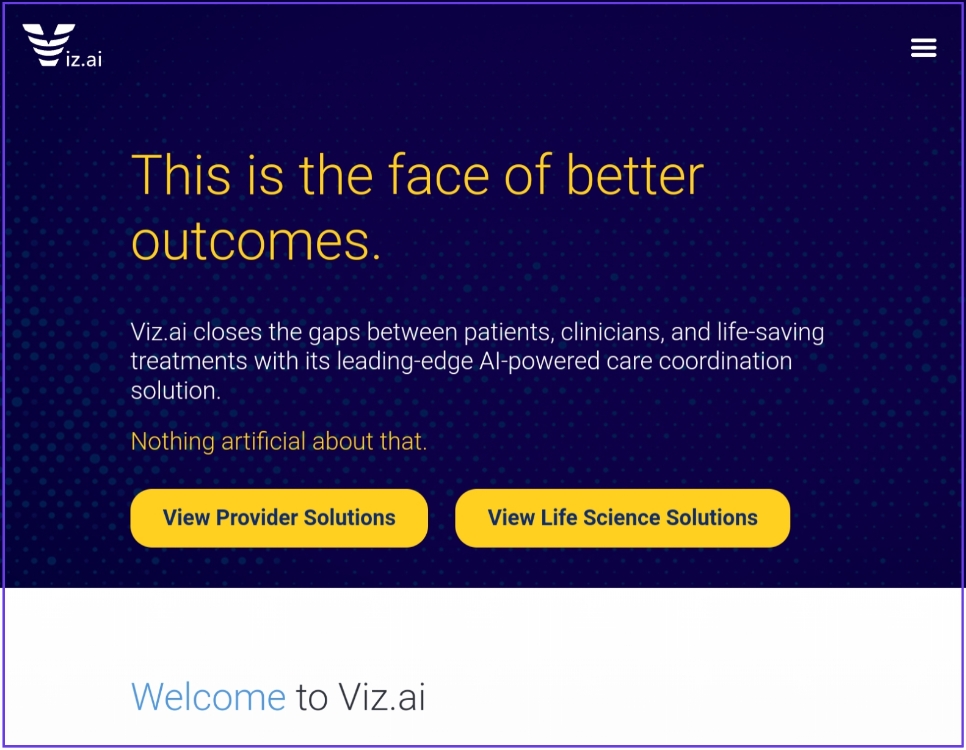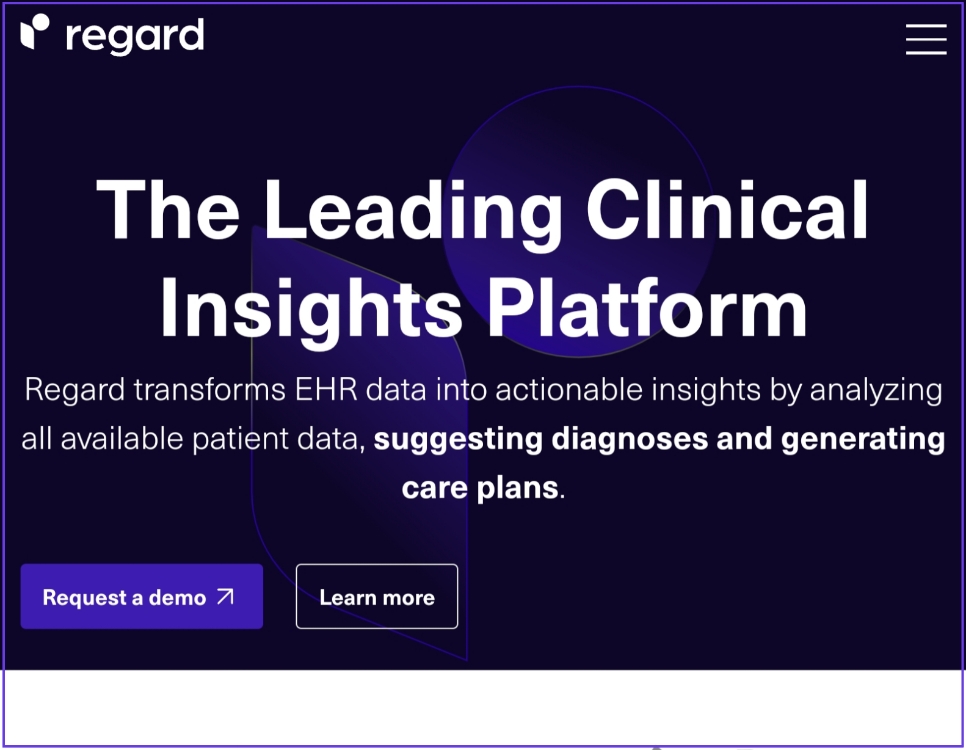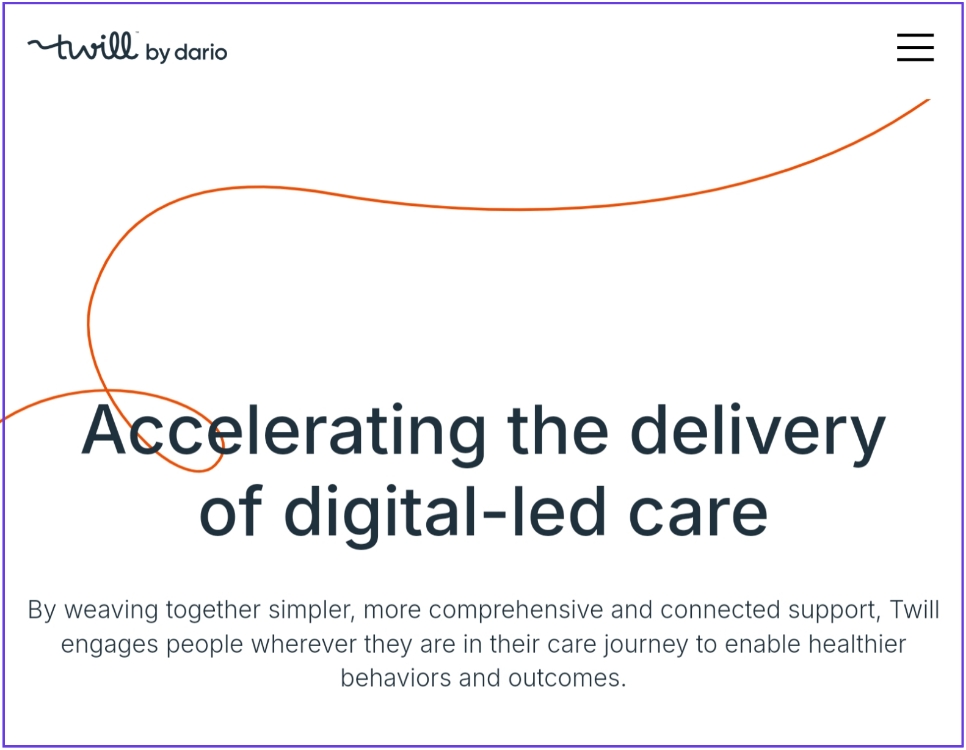The healthcare industry is evolving with the help of artificial intelligence (AI). These Splendidly developed tools are improving the styles of doctors to treat the patients. AI tools are more important than ever as we are continuously Evolving. Speeding up operations as well as assisting doctors in decision-making can be beautifully done using these tools.
Here, I will explain the top 5 AI healthcare tools, their uses, examples, and benefits. Read on to discover how these tools are splendidly transforming healthcare in 2024.
also read: Top 10 Best AI Tools for Business: A 2024 Guide With One Bonus!
1. Merative (Formerly IBM Watson Health)

Merative, which was once known as IBM Watson Health, is an AI tool that assists doctors and healthcare professionals. It helps them analyze medical data in real time. Merative stores health data in the cloud, making it easier for doctors to access patient records when needed. The tool improves how doctors diagnose diseases by providing accurate information quickly.
One of the key features of Merative is its ability to detect trends in a patient’s health. It can predict health issues before they become severe. This allows doctors to act early and prevent serious conditions from developing. Merative also assists oncologists in making cancer diagnoses more accurate.
Key Features of Merative:
Health Data Management: Organizes patient data for easy access by doctors.
Data Privacy: Ensures high-level privacy for health information.
Real-Time Insights: Tools like Micromedex provide evidence-based information quickly.
Flexible Imaging: Offers high-quality imaging solutions through Merge.
Case Study: Merative worked with Regional Medical Imaging (RMI) to improve breast imaging processes. RMI faced issues with separate systems and data confusion. Merative’s Merge PACS helped them organize all their data into one system. This made it easier for doctors to collaborate. The outcome was improved imaging processes and better patient care.
2. Viz.ai

Viz.ai is another AI tool that improves patient care by connecting healthcare teams quickly. It helps doctors and nurses access and share patient data in real time. This quick access allows healthcare professionals to make faster decisions, which leads to better patient outcomes.
One of Viz.ai’s key features is its alert system. The tool automatically detects medical conditions like strokes and heart attacks. When a problem is detected, the tool alerts doctors so they can take immediate action. This reduces the time it takes to start treatment, which can be crucial for a patient’s recovery.
Key Features of Viz.ai:
AI-Powered Care Coordination: Analyzes CT scans and other images to give insights.
Real-Time Analytics: Helps doctors make faster treatment decisions.
Disease Detection: Detects life-threatening conditions in seconds.
Proactive Alerts: Sends alerts when a patient’s condition changes.
Case Study: At Ohio Valley, Viz.ai was used to improve stroke care. The time it took to treat stroke patients was reduced by 28%. This improvement was possible because Viz.ai connected the care team in real-time. This resulted in faster diagnoses and better patient care.
3. Enlitic

Enlitic is an AI-powered platform that focuses on improving the accuracy of health data. One of its main products is called Enlitic Curieâ„¢, which helps doctors make better treatment decisions. This tool detects early signs of diseases, allowing doctors to act sooner.
Enlitic also offers a feature called Curie|ENDEXâ„¢, which helps hospitals turn large amounts of health data into useful insights. This tool can standardize and anonymize patient data, protecting patient privacy while improving workflow efficiency.
Key Features of Enlitic:
Data Standardization: Ensures all patient data is consistent and reliable.
Data Anonymization: Protects patient privacy while maintaining data quality.
Radiologist Workflow: Reduces manual tasks, making work faster for radiologists.
Data Monetization: Helps hospitals turn medical images into a revenue source.
Case Study: The University of Texas Health San Antonio (UTHSA) used Enlitic to improve its imaging processes. The time it took to arrange CT scans was reduced by 61%. This saved the hospital hundreds of hours each year, leading to cost savings of $400,000 annually.
4. Regard

Regard is an AI tool that assists healthcare providers by automating routine tasks like analyzing patient records and clinical notes. This gives doctors more time to focus on patient care. Regard can also create detailed reports on patient health and treatments, which helps doctors make better treatment plans.
Regard is designed to improve the workflow in hospitals. By reducing the time spent on administrative tasks, doctors can focus more on diagnosing and treating patients. This tool also improves patient safety by ensuring that correct and timely interventions are made.
Key Features of Regard:
Automated Task Management: Analyzes patient data to help with diagnosis and treatment.
Workflow Efficiency: Saves time by auto-updating clinical notes.
Patient Safety: Ensures interventions are made at the right time.
Revenue Capture: Reduces errors that lead to insurance claim denials.
Case Study: The University of Arkansas for Medical Sciences (UAMS) used Regard to reduce the time doctors spent on documentation by 25%. This allowed doctors to spend more time with patients, improving patient care. The tool also improved the hospital’s revenue by reducing errors in medical documentation.
5. Twill

Twill is a unique AI healthcare tool that focuses on both mental and physical health. It uses machine learning and natural language processing (NLP) to understand patient needs better. Twill’s AI-powered chatbot, Taylor, helps patients by providing personalized care and recommendations.
Twill connects patients with healthcare professionals, ensuring they receive the best care possible. The platform also allows patients to share their experiences, creating a supportive community.
Key Features of Twill:
Unified Care Platform: Offers a personalized healthcare experience.
Digital-Led Care: Uses AI to improve both mental and physical health.
Twill Care: Provides a community platform for patients to share resources.
Therapeutic Assistant: Taylor, the AI chatbot, helps personalize care for each patient.
Case Study: Twill’s platform helped healthcare professionals provide better mental health care. With Taylor, doctors could track patient progress more easily and adjust treatments as needed. This led to better outcomes, especially for patients with mental health challenges.
6. PathAI (Bonus Tool)

PathAI is a cutting-edge AI tool designed to assist pathologists in diagnosing diseases more accurately. The tool uses machine learning to analyze pathology images, helping doctors detect conditions like cancer more efficiently. By improving the accuracy of diagnoses, PathAI can help doctors create more effective treatment plans for their patients.
One of the key features of PathAI is its ability to process large volumes of data quickly. This allows pathologists to review more cases in less time, improving the overall efficiency of the healthcare system.
Key Features of PathAI:
AI-Powered Image Analysis: Uses machine learning to analyze pathology images.
Increased Diagnostic Accuracy: Helps doctors make more accurate diagnoses.
Faster Workflow: Processes data quickly, allowing pathologists to review more cases.
Real-Time Collaboration: Connects pathologists and healthcare professionals in real-time.
Case Study: PathAI partnered with a major cancer center to improve the accuracy of breast cancer diagnoses. By using AI, doctors were able to detect cancerous cells more quickly and accurately. This led to better patient outcomes and more personalized treatment plans.
The Bottom Line
AI is playing a huge role in transforming the healthcare industry. Tools like Merative, Viz.ai, Enlitic, Regard, Twill, and PathAI are changing how doctors diagnose and treat patients.
These top 5 Healthcare AI tools improve the accuracy of diagnoses, speed up hospital operations, and help doctors make better decisions. As AI technology continues to evolve, we can expect even more advancements in healthcare, improving patient outcomes and reducing medical errors.
Note: The information in this guide is for informational purposes only and does not constitute medical advice. Please consult a qualified healthcare professional for any medical concerns or decisions. The use of AI tools should always be guided by professional medical advice and supervision.

